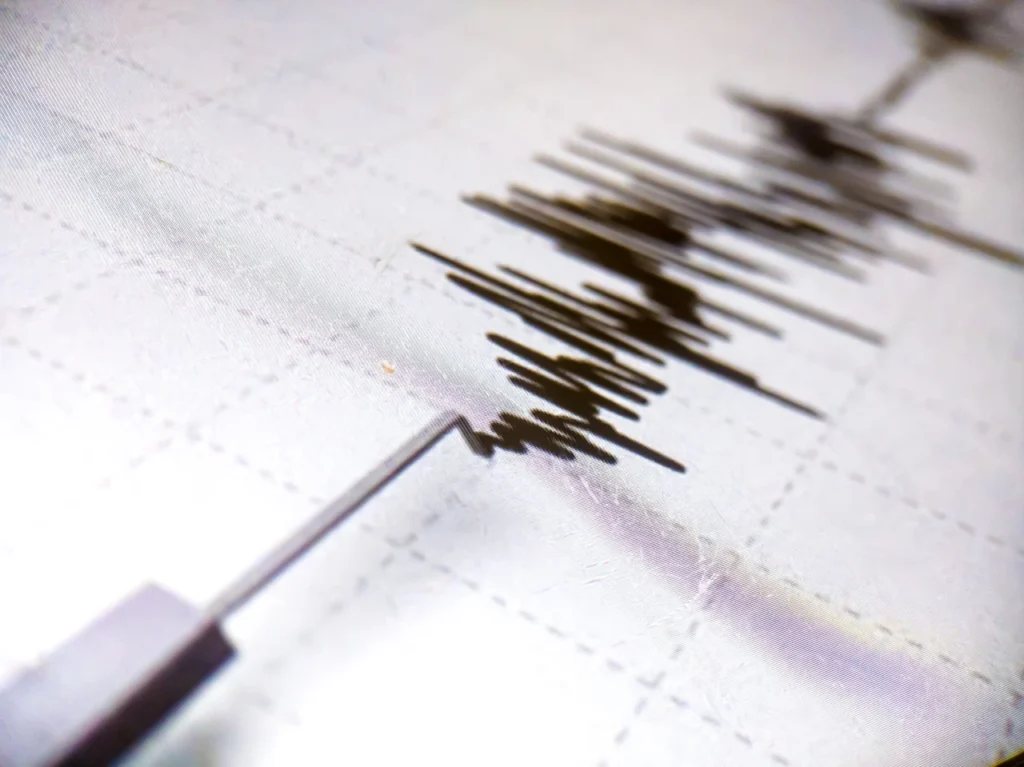The recent seismic activity near Santorini has raised concerns in Türkiye’s western coastal regions, where tremors have been felt and unusual environmental changes, such as the sea receding, have been observed. Here’s what you need to know:
1. Seismic Activity in Western Türkiye
Türkiye sits on active fault lines, including the North Anatolian Fault and the Hellenic Arc, which runs through the Aegean Sea. Earthquakes in Greece can be felt in Izmir, Aydın, Muğla, and Çanakkale, sometimes triggering aftershocks in Türkiye’s fault systems.
2. Risk of Structural Damage
While no major damage has been reported from the Santorini quakes, past events like the 2020 Izmir earthquake (7.0 magnitude) resulted in collapsed buildings and casualties. Authorities remain on high alert.
3. Tsunami Threat
Large earthquakes in the Aegean Sea can generate tsunamis. The 2020 Izmir-Samos earthquake caused a small tsunami in Seferihisar, Türkiye. While the Santorini quakes have not triggered a tsunami, officials continue to monitor the situation.
4. Impact on Tourism
Fears of continued seismic activity may discourage tourists from visiting popular Turkish destinations like Bodrum, Kusadasi, Marmaris, and Çeşme. Local businesses are monitoring the impact.
5. Economic and Trade Disruptions
Seismic events affecting the Aegean Sea can disrupt ferry services and trade between Türkiye and Greece. Damage to ports or transportation infrastructure could slow commerce and tourism.
6. Why is the Sea Receding Along Türkiye’s Aegean Coast?
The recent sea recession observed in Türkiye’s Aegean coastal areas has caused concern, but experts provide the following explanations:
Possible Causes:
• Seafloor Movements: Tectonic shifts can temporarily displace water, causing a retreat or influx.
• Tsunami Indicator? Rapid and large-scale recession can signal an impending tsunami, but the recent changes are not linked to a tsunami threat.
• Tectonic Stress Release: The shifting fault lines under the Aegean Sea may be redistributing pressure.
• Seasonal and Atmospheric Effects: Wind patterns, atmospheric pressure changes, and tides can also contribute to temporary sea level fluctuations.
7. Should People Be Concerned?
• Authorities (AFAD in Türkiye and Greek seismologists) are closely monitoring the situation.
• No tsunami warnings have been issued.
• If a sudden and significant sea retreat occurs, residents should move inland as a precaution.
8. Official Warnings and Safety Advice for Tourists
• Avoid old or abandoned buildings that may not withstand tremors.
• Stay away from clifftop areas and vulnerable ports (such as Amoudi, Armeni, Korfos, and Fira’s Old Port).
• Follow official updates from AFAD and local governments.
• Be cautious in earthquake-prone regions and know emergency evacuation routes.
Conclusion
While the Santorini earthquake swarm has not significantly impacted Türkiye, authorities are maintaining seismic monitoring and tsunami preparedness. The sea recession appears to be seasonal, but officials continue to analyse any links to tectonic activity.
For the latest updates, travelers and residents should rely on official sources like AFAD and the UK Foreign Office.
Authorities urge caution against disinformation
AFAD emphasized the importance of relying on official sources for updates, urging the public to disregard misinformation that may spread on social media. “We kindly ask citizens to follow official sources for accurate information and not to be misled by disinformation,” the agency stated.
The agency confirmed that monitoring efforts remain ongoing, with collaboration between local and international seismic experts to evaluate potential risks.
This article was curated from various news, scientific and disaster management sources.








